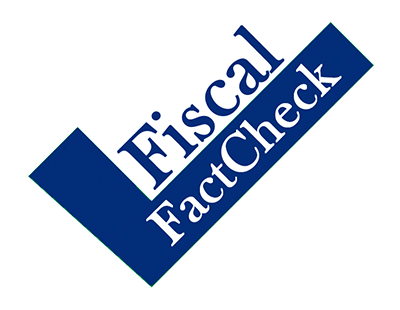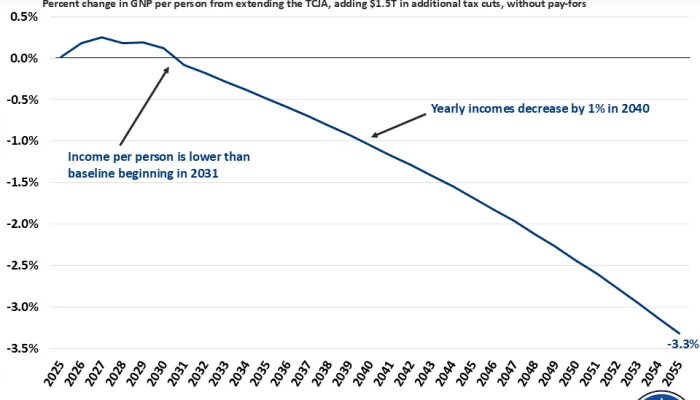No, Really, Tax Revenue Has Not Risen
Update: After the end of the fiscal year, we published an updated version of this piece with final numbers from the Treasury Department.
At the Economic Club in New York earlier this week, White House National Economic Council Director Larry Kudlow claimed that “revenues...are up slightly, even with the tax cuts." While it is technically true that FY 2018 nominal revenue is higher than FY 2017 nominal revenue, revenue has fallen in nominal dollars when comparing tax year to tax year and has fallen in real dollars and as a share of GDP under any scenario. Focusing specifically on revenues raised under the new tax code, revenue has declined by between 4 and 9 percent. Kudlow's claim clearly lacks context.
We previously factchecked a similar claim made by the Wall Street Journal editorial board last month, and have updated it below for another month of data.
Kudlow's claim that revenue has increased is based on the Congressional Budget Office's (CBO) most recent Monthly Budget Review, which shows that total federal tax revenue is 0.6 percent higher in the first 11 months of FY 2018 (October through August) than in the first 11 months of FY 2017. However, this nominal increase is well below the rate of inflation – meaning that the value of revenue collection has actually declined in real terms.
By our estimate, total revenue over the time period in question has actually fallen by 1.6 percent in real (inflation-adjusted) terms. Measured relative to GDP – a sensible way to measure because a steady tax system would be expected to capture roughly the same share of the economy each year – we estimate revenue has fallen 4.1 percent. Finally, relative to the revenue increases that had been previously expected from population growth, inflation, wage growth, structural elements of the tax code, and other factors, tax revenue is down by 5.5 percent.
Yet even these numbers understate revenue losses between 2017 and 2018 because they count revenue raised in FY 2018 but under 2017's pre-tax cut laws. Kudlow's claim implies that revenue has increased since last year's tax cut took effect – it has not.
Increases in certain revenue relative to last fiscal year are driven primarily by non-withheld tax payments made in April (and March) to cover last year's taxes and also by revenue raised in October, November, and December of 2017 – months which are part of fiscal year 2018 but were under the old tax code.
Excluding revenue collection related to last year's code, total nominal revenue is down 4.2 percent, real revenue is down 6.4 percent, and revenue as a share of the economy has decreased by 9.1 percent.
Revenues from May through August have fallen even more steeply in nominal terms, by 6 percent. This provides a cleaner look at revenues under the new tax code because payments for 2017 taxes owed are concentrated in March and April.
In other words, revenue has actually dropped substantially by any measure post-tax reform.
In addition to claiming that revenue is rising, Kudlow said that two-thirds of the tax cuts will be offset by faster economic growth, according to CBO. This claim also lacks context and is largely false, as we demonstrated in a fact check last month.
The reality is that tax cuts reduce revenue; they don't increase it. And while the tax bill does appear to be boosting economic output, that increase in growth won't be nearly enough to offset the substantial costs of the bill..


